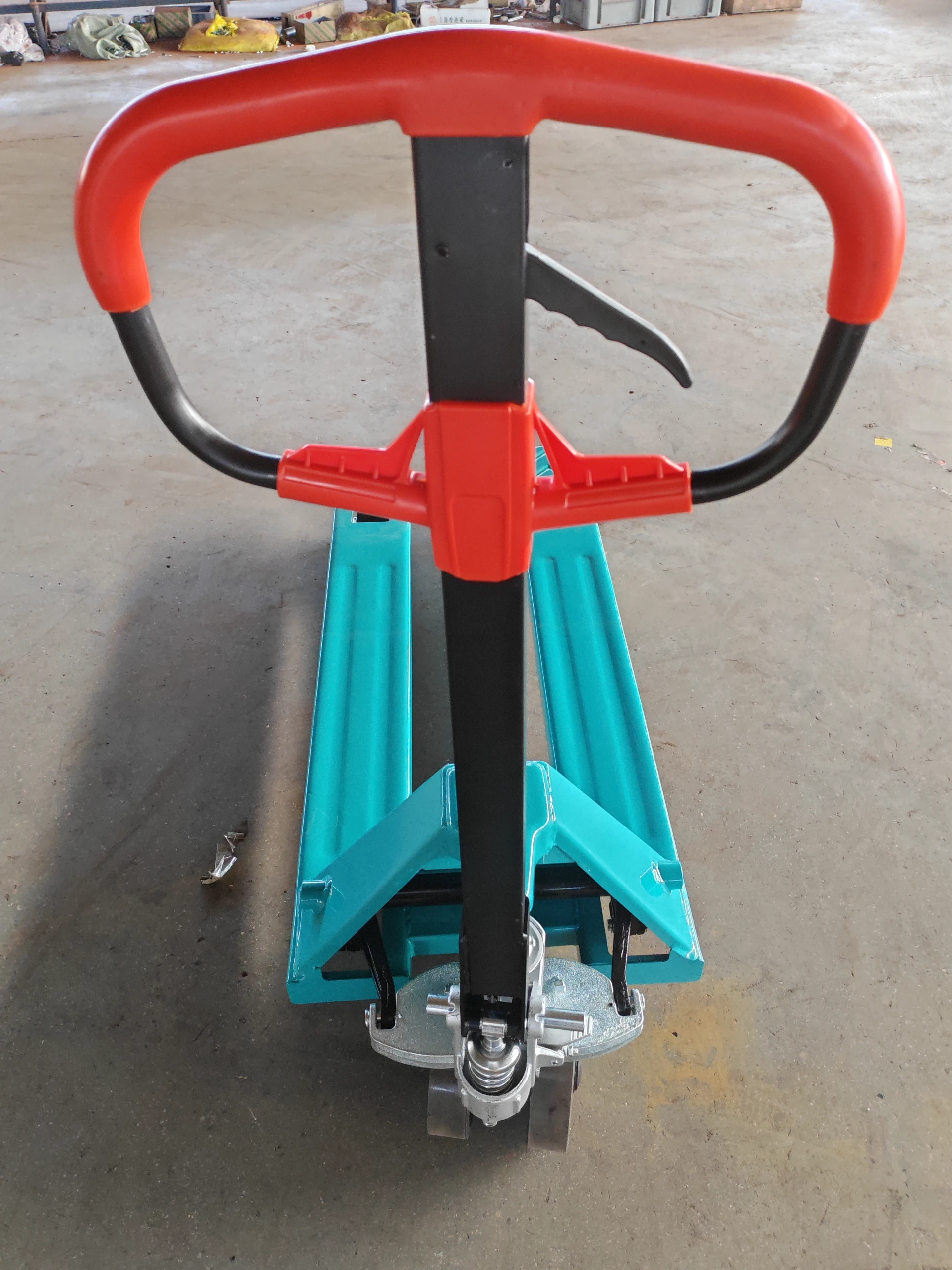


Safe Use of Chain Blocks A Guide for Operators
Chain blocks, also known as manual chain hoists, are essential tools in various industries for lifting and moving heavy loads. However, safety is paramount when using these devices, as improper handling can lead to serious accidents and injuries. This article aims to provide a comprehensive guide to the safe use of chain blocks.
Understanding the Equipment
Before operating a chain block, it is crucial to understand its components and functionality. A typical chain block consists of a chain, a pulley system, a hook, and a ratchet mechanism. The chain is used to lift loads, while the pulley system allows for efficient movement. Familiarity with these components not only aids in effective operation but also in recognizing potential issues that may compromise safety.
Pre-Operation Checks
Safety begins with a thorough inspection of the chain block before use. Operators should conduct a pre-operation check that includes examining the chain for wear and tear, ensuring the hooks are not deformed, and verifying that the ratchet mechanism operates smoothly. Any signs of damage or malfunction should be addressed immediately, and the equipment should be taken out of service until repairs are made.
Proper Lifting Techniques
Using a chain block requires adherence to proper lifting techniques. Operators should always ensure the load is balanced and secured before attempting to lift. It is vital to avoid overloading the chain block; each model has a designated weight limit, and exceeding this can lead to catastrophic failure. Additionally, the load should be positioned directly under the block to prevent sideways stress that can cause instability.

Operator Safety
The safety of the operator is critical when using chain blocks. Operators should wear appropriate personal protective equipment (PPE), including gloves, steel-toed boots, and hard hats, to protect against potential hazards. Furthermore, maintaining a clear area around the lifting operation is essential to prevent injuries to bystanders and other workers.
Communication and Teamwork
In environments where multiple operators are involved, clear communication is vital. Establishing signals or using two-way radios can enhance coordination and ensure that everyone is aware of the lifting operation. Teamwork not only improves efficiency but also significantly reduces the risk of accidents.
Regular Maintenance
To ensure the longevity and safety of chain blocks, regular maintenance is essential. Operators should follow the manufacturer's guidelines for servicing the equipment, including lubricating moving parts and checking for wear on the chain and other components. A proactive maintenance schedule can help identify issues before they lead to failures.
Conclusion
The safe use of chain blocks is paramount in any lifting operation. By understanding the equipment, conducting pre-operation checks, adhering to proper lifting techniques, prioritizing operator safety, fostering communication, and implementing regular maintenance, operators can significantly reduce the risk of accidents. In the end, prioritizing safety not only protects personnel but also enhances productivity and operational efficiency.



